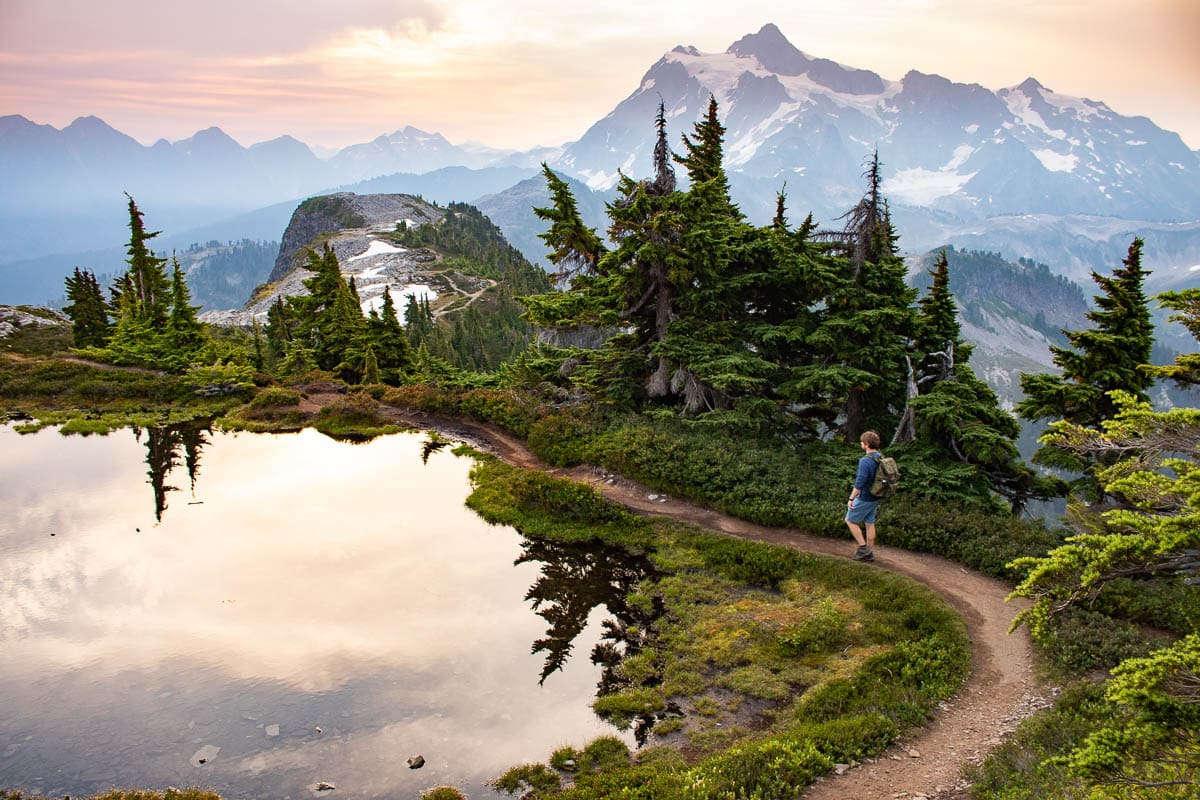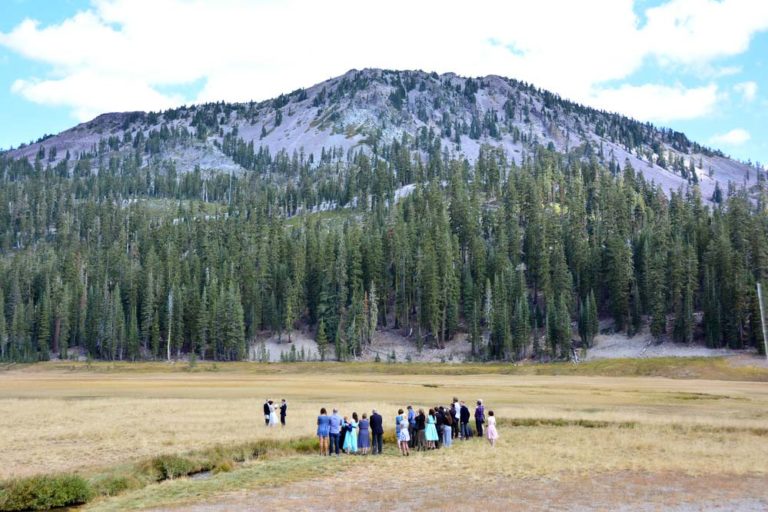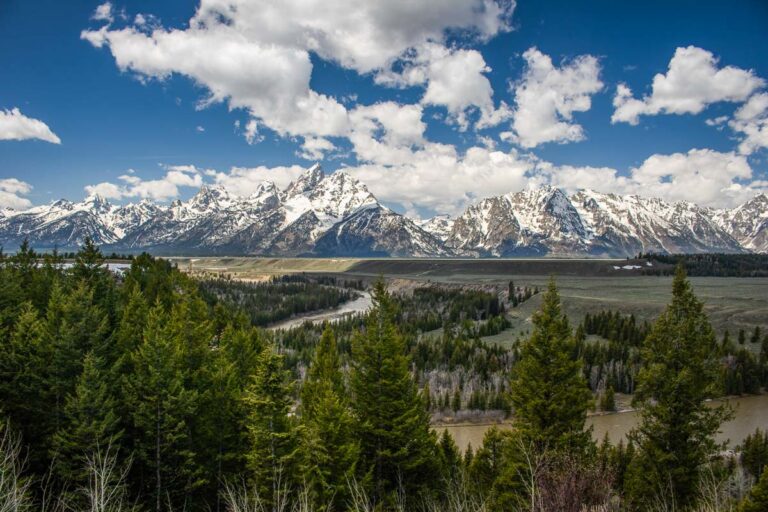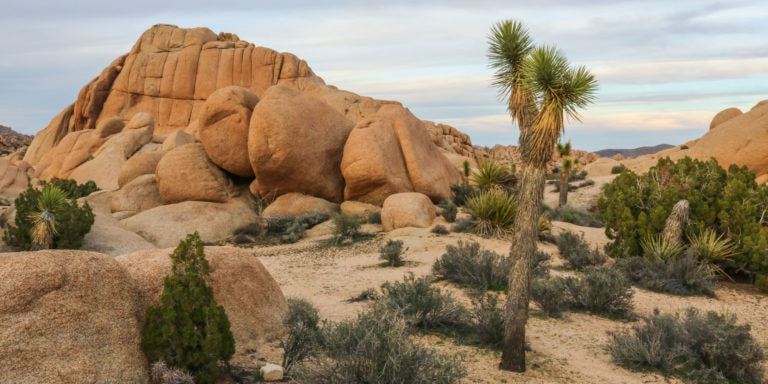For All, Forever: Why U.S. Public Lands Matter More Than Ever
The United States is home to one of the most ambitious and expansive public lands systems in the world. Spanning more than 640 million acres, these lands encompass national parks, forests, monuments, wildlife refuges, grasslands, and wilderness areas managed by agencies such as the National Park Service (NPS), U.S. Forest Service (USFS), Bureau of Land Management (BLM), and U.S. Fish and Wildlife Service (USFWS).
Unlike private or restricted lands, public lands are held in trust for all Americans — not just for today, but for future generations. They are a testament to democratic ideals, environmental foresight, and a deep-seated appreciation for the natural and cultural heritage of the nation.
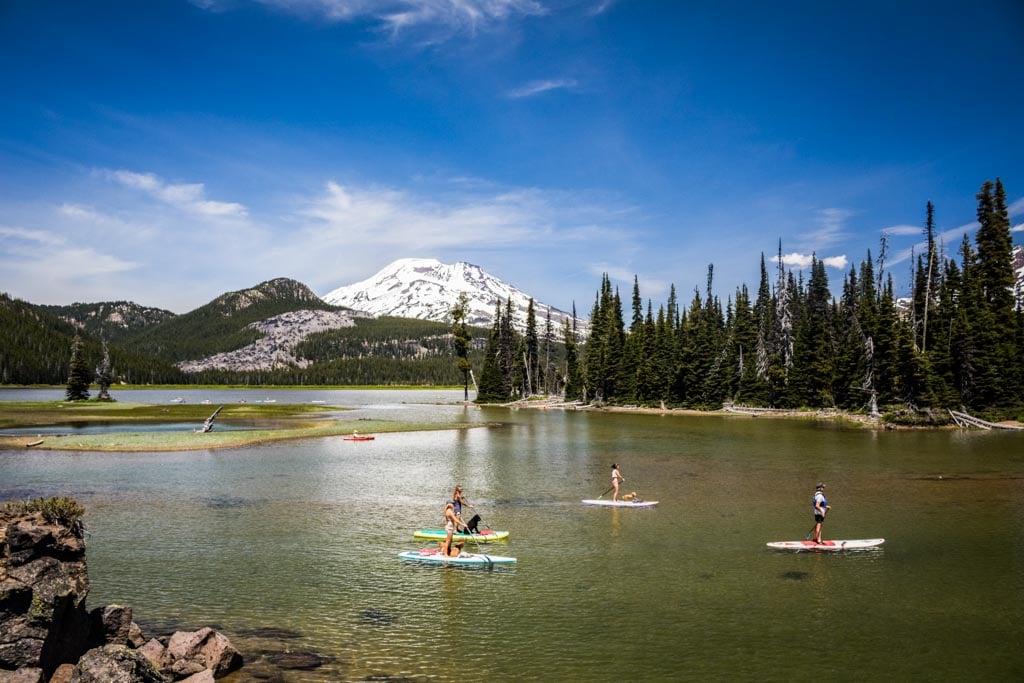
U.S. Public Lands: A Democratic Inheritance
At the heart of America’s public land system is a radical idea: that certain lands should belong not to the elite or the powerful, but to everyone.
In the early days of the Republic, land was often seen as a commodity to be conquered and privatized. However, as westward expansion revealed the breathtaking scale and diversity of the American landscape, visionaries like Theodore Roosevelt, John Muir, and Gifford Pinchot championed the idea of protecting vast swaths of land for the benefit of all.
This concept set the United States apart. While aristocracies in Europe reserved their forests and estates for nobility, the U.S. began setting aside land as a public trust.
The establishment of Yellowstone National Park in 1872 as the world’s first national park marked the beginning of a global conservation movement.
Today, the U.S. continues to lead by example, offering free or affordable access to millions of acres of forests, deserts, grasslands, mountains, wetlands, rivers, lakes, and coastlines.
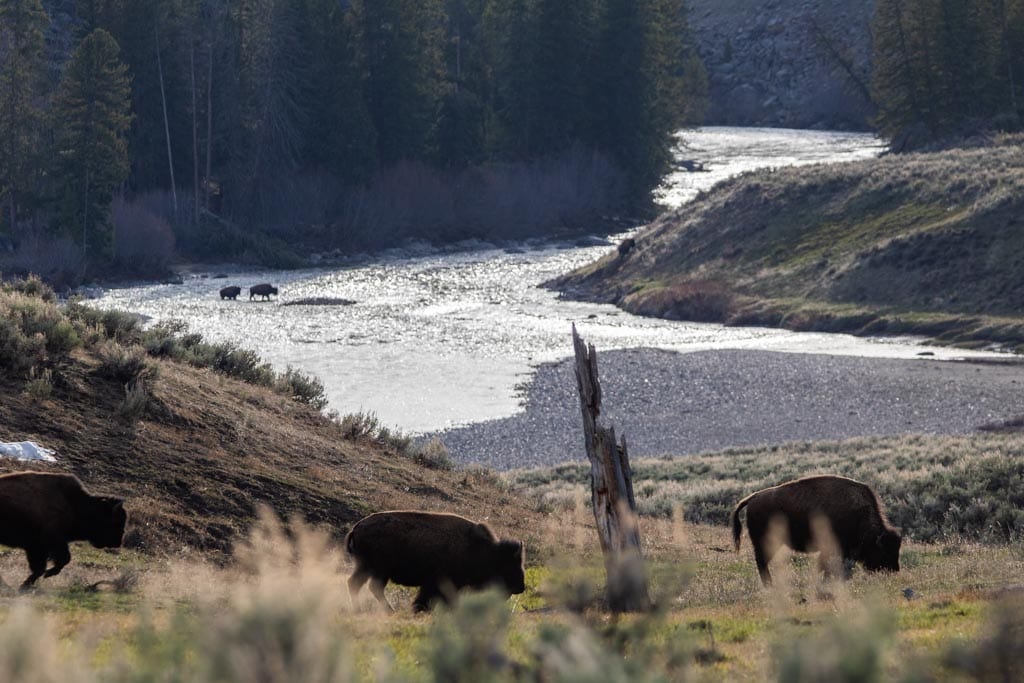
Ecological Diversity and Conservation
One of the most compelling reasons public lands are so important is their unparalleled ecological diversity.
From the icy fjords of Alaska’s Glacier Bay and the active volcanoes of Hawaii to the cacti-studded deserts of Arizona, wildlife-rich wetlands of the Everglades, and the coral reefs of the Virgin Islands, U.S. public lands preserve in extraordinary variety of ecosystems, some of which are unique in the world.
Public lands:
- Protect over 400 endangered species, providing critical habitat and aiding recovery.
- House vast carbon sinks, including old-growth forests and peatlands, that combat climate change.
- Serve as living laboratories for scientists studying biodiversity, geology, and climate.
- Offer refuge to wildlife from encroaching development and resource extraction.
These lands are managed not just for scenic beauty but for long-term sustainability. Agencies like the BLM and USFS balance multiple uses — from recreation to grazing to logging — with the core mission of stewardship.
This balancing act is far from perfect, and it often requires difficult conversations about priorities. However, the framework exists to prioritize conservation, and public engagement plays a central role in shaping land use.
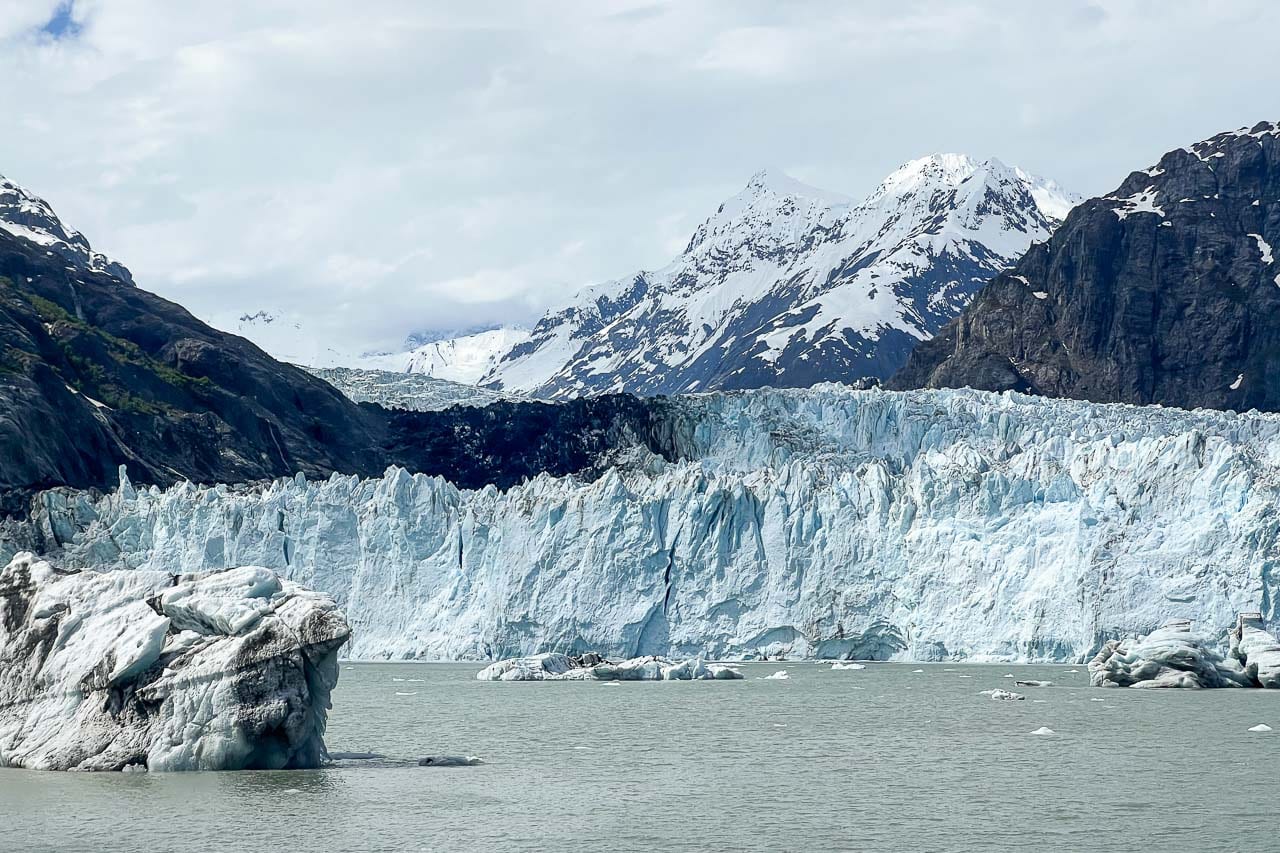
Cultural and Historical Significance
Public lands are not only places of natural beauty — they are deeply woven into the cultural and historical fabric of the nation.
Many national parks and monuments preserve the stories of Native Americans, enslaved Africans, immigrants, homesteaders, and revolutionaries, helping to provide a complete overview of the history and culture of the United States.
- Bears Ears National Monument protects sacred tribal lands and ancestral dwellings.
- Harriet Tubman Underground Railroad National Monument honors the life and legacy of a freedom fighter.
- Manzanar National Historic Site memorializes the Japanese American incarceration during World War II.
- Gettysburg National Military Park enshrines the site of one of the most pivotal battles in U.S. history.
These sites serve as living classrooms, offering Americans opportunities to reflect on their shared past — the triumphs, the tragedies, and the complex narratives that shape national identity.
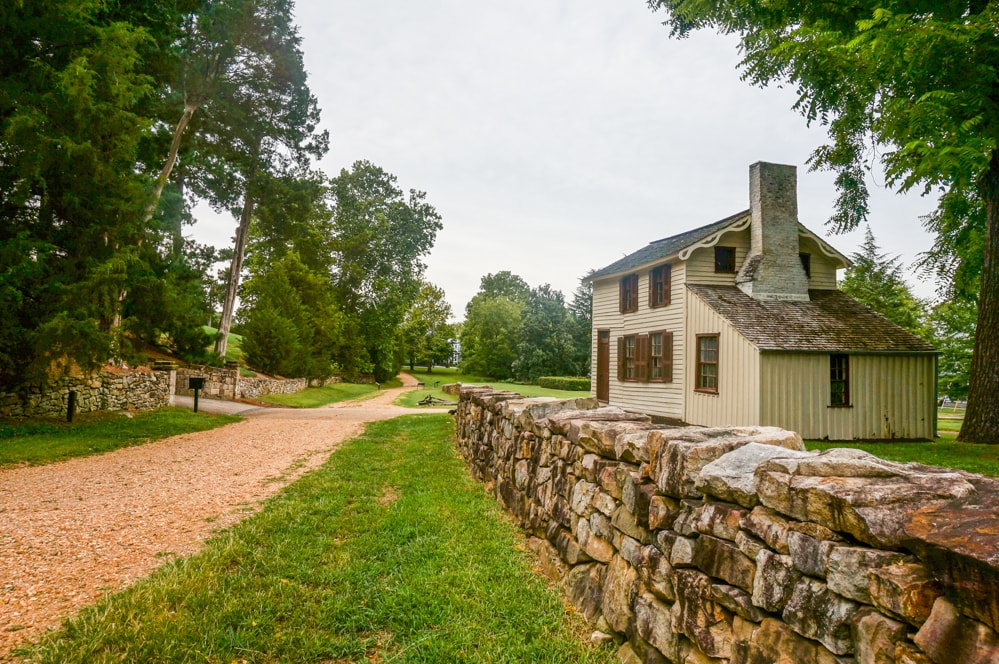
Recreation, Health, and Well-Being
One of the most direct ways Americans interact with public lands is through outdoor recreation. Each year, hundreds of millions of people visit public lands for hiking, camping, climbing, fishing, hunting, skiing, wildlife viewing, and more.
According to the National Park Service, over 331 million recreational visits were made to national parks in 2024 alone. This was an all-time record, proving beyond doubt that parks and public lands are more popular than ever.
These activities are not just about fun; they contribute to public health in profound ways:
- Outdoor recreation reduces stress and anxiety.
- Nature exposure boosts mental health and focus.
- Physical activity in parks combats obesity and chronic disease.
Public lands also act as community hubs, offering picnic areas, trails, educational programming, and ranger-led experiences that connect people of all ages to nature. Urban green spaces — often federally funded or protected — bring these benefits even into city centers, democratizing access to the outdoors.
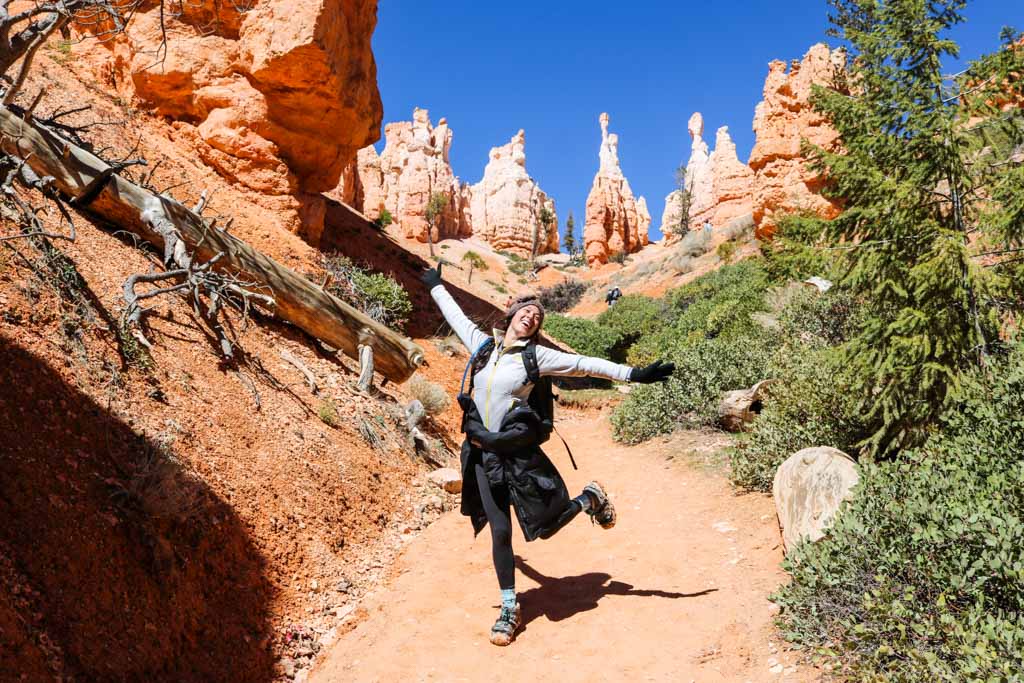
Economic Value and Job Creation
While priceless in many ways, public lands also have immense economic value. The outdoor recreation economy alone contributes over $1 trillion annually to the U.S. economy and supports more than 4.5 million jobs.
Visitor spending in the National Park System alone resulted in a $55.6 billion benefit to the U.S. economy in 2023. Quite literally, for every $1 spent on funding the National Park Service, the system generates $15 for the economy.
In terms of employment, this includes not just park rangers and forest managers, but also guides and outfitters, gear manufacturers, hotel workers, shopkeepers, conservation scientists, and more.
Additionally:
- National forests provide sustainable timber and grazing.
- BLM lands support renewable energy projects, like wind and solar farms.
- Public lands support ecosystem services — clean water, air purification, and flood protection — that would cost billions to replicate artificially.
In rural communities across the West, national forests and BLM lands are essential for ranching, guiding, hunting, fishing, and tourism in general. Public lands can serve as economic lifelines, especially in areas where extractive industries have declined.
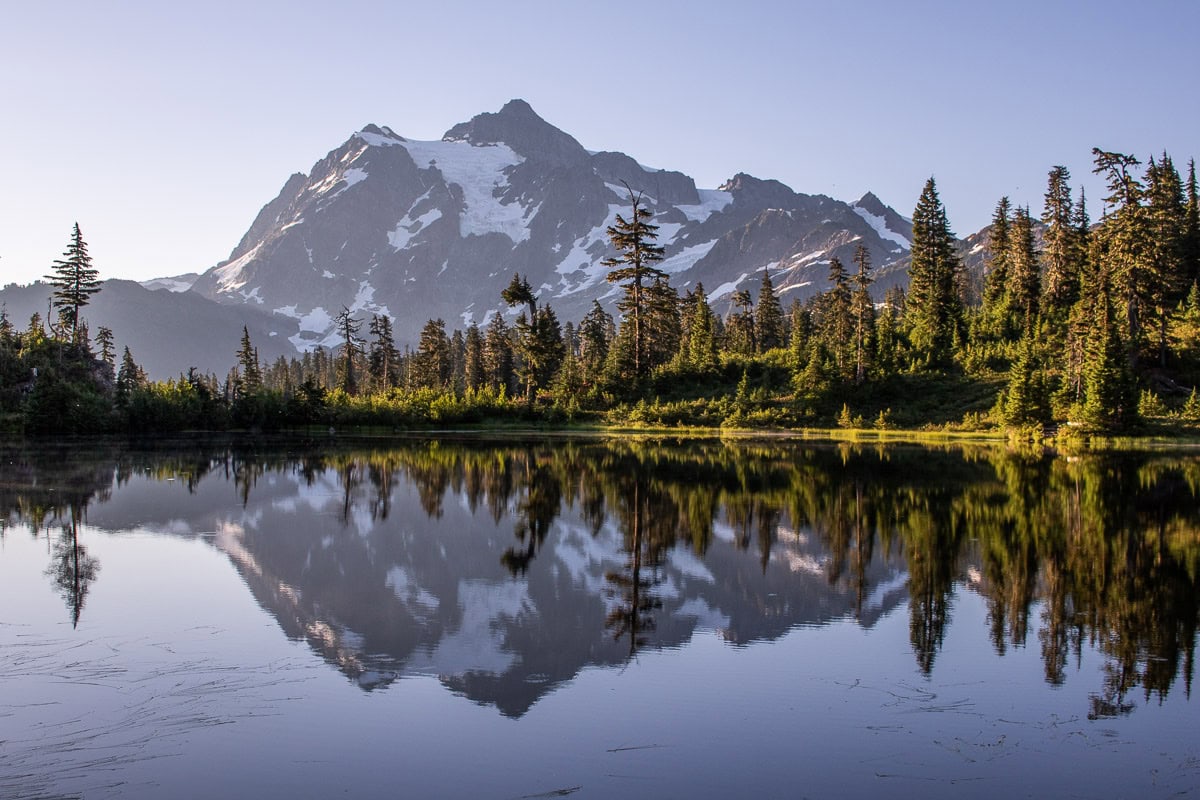
A Bulwark Against Privatization and Overdevelopment
As America continues to grow and develop, public lands represent a safeguard against unchecked privatization. Once natural areas are developed — for mining, housing, highways, or other uses — they are rarely, if ever, restored.
Public lands act as buffers against sprawl, protecting clean air and water, limiting wildlife habitat fragmentation, and preserving scenic vistas.
Moreover, public ownership means that land management is subject to public scrutiny and democratic input. Every American has the right to comment on federal land management plans, attend public meetings, and advocate for protections.
This is a stark contrast to private land ownership, where decisions are often made behind closed doors and in the interest of wealthy investors.
The battle over the future of public lands is ongoing, arguably more fiercely than ever. Attempts to transfer federal lands to state or private hands have occurred periodically, and continue to take place as we speak, often under the guise of local control.
However, such efforts often open the door to resource exploitation or development that benefits a few at the expense of many. Defending public lands means defending the principle that some places are too special to be owned, and too valuable to be sold.
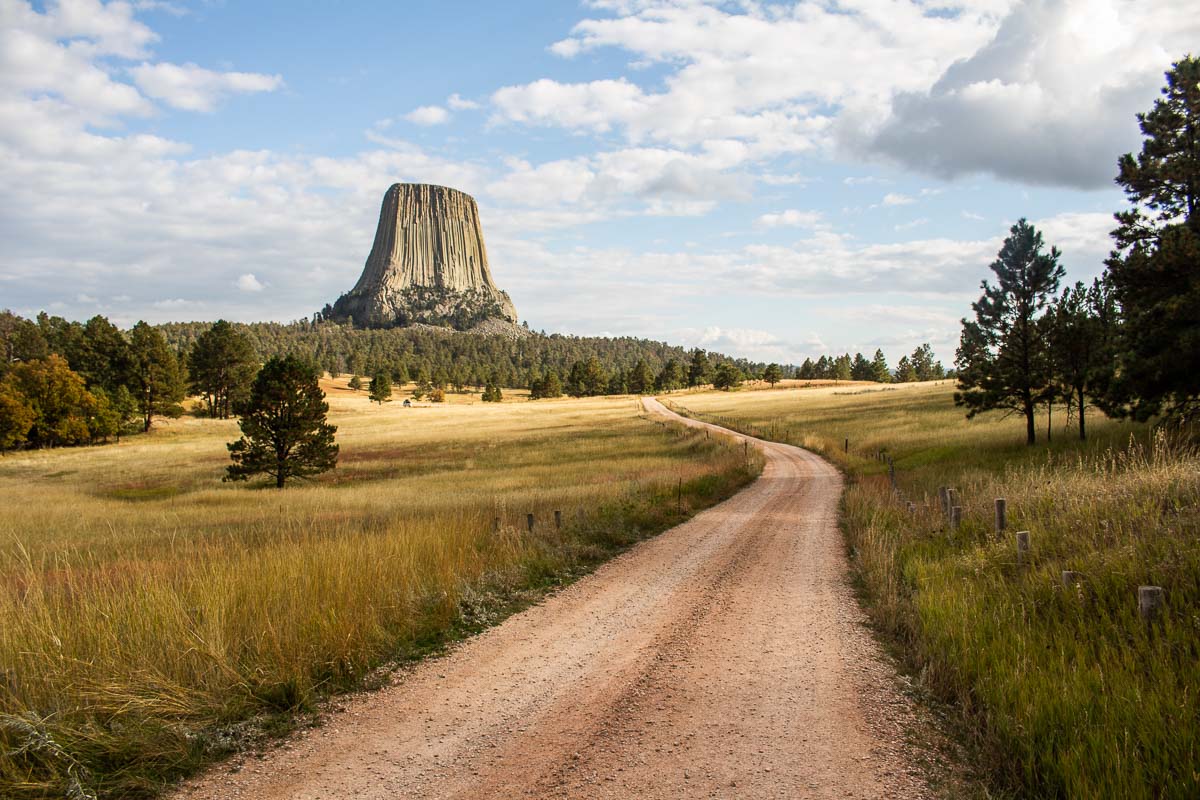
Environmental Justice and Equity
The story of public lands is also intertwined with questions of equity and environmental justice. Historically, not all Americans have had equal access to the benefits of public lands.
Indigenous tribes were often forcibly removed from ancestral lands that later became national parks. Communities of color and low-income neighborhoods are more likely to lack nearby green spaces or face barriers to outdoor access, including transportation and affordability.
However, a growing movement is working to reimagine public lands as spaces for all Americans. Initiatives like “Outdoor Afro,” “Latino Outdoors,” and “Native Women’s Wilderness” are connecting underrepresented communities with nature and pushing agencies to prioritize inclusive storytelling and outreach.
Land acknowledgments, co-management agreements with tribes, and programs that bring inner-city youth to national parks are steps toward a more inclusive public land system — one that recognizes past harms and works toward shared healing and connection.
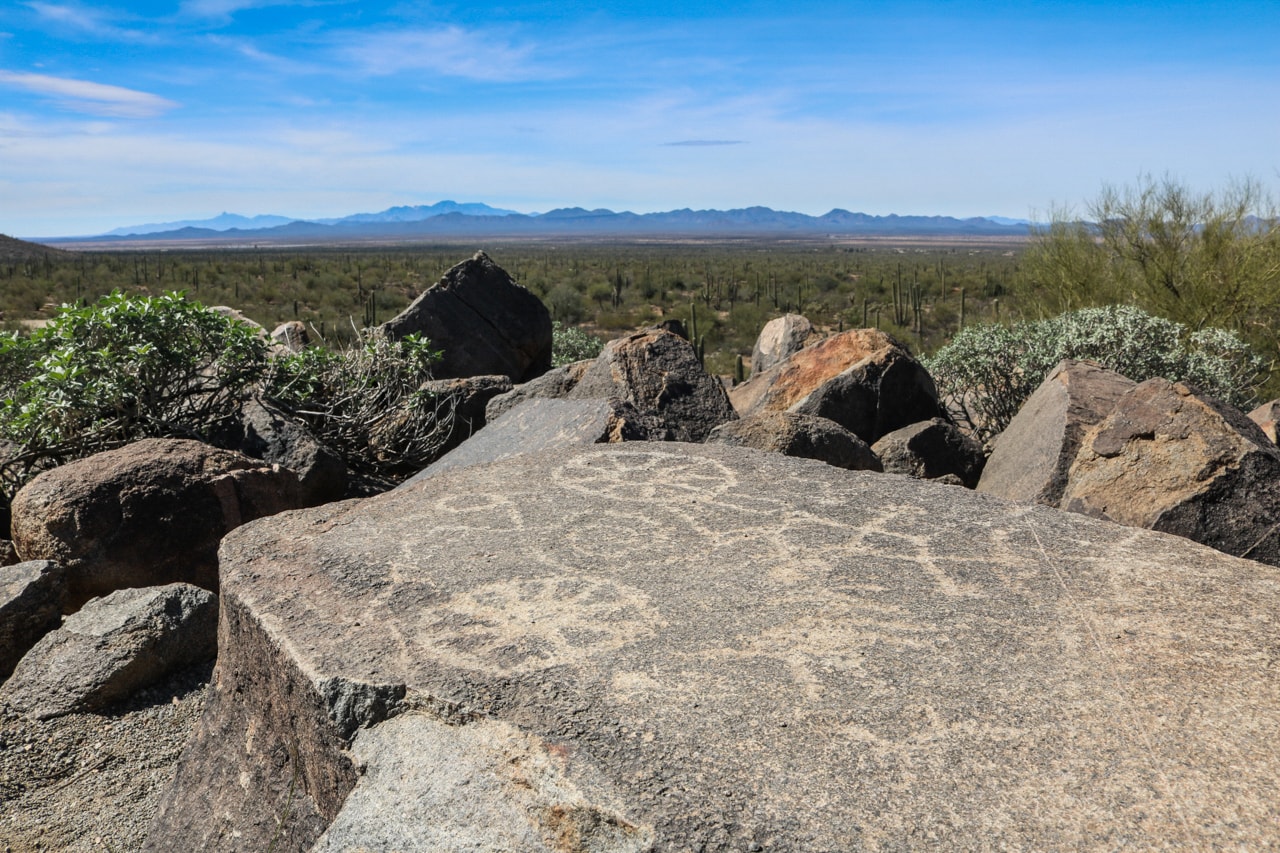
The Challenge Ahead: Climate and Stewardship
Climate change presents perhaps the greatest challenge to public lands in the 21st century. Rising temperatures, intensifying wildfires, invasive species, and erratic weather are already transforming ecosystems across the country. Glaciers are retreating, permafrost is melting, and once-abundant species are declining.
Yet, public lands are also part of the solution:
- Protected lands sequester carbon naturally through forests, wetlands, and grasslands.
- Wilderness areas offer refugia for species to migrate and adapt.
- National parks educate millions about climate science and the urgency of action.
To meet this moment, we need bold investments in climate-smart land management, restoration projects, and tribal-led conservation. We need to expand access, deepen partnerships, and renew the national commitment to land as a public good.
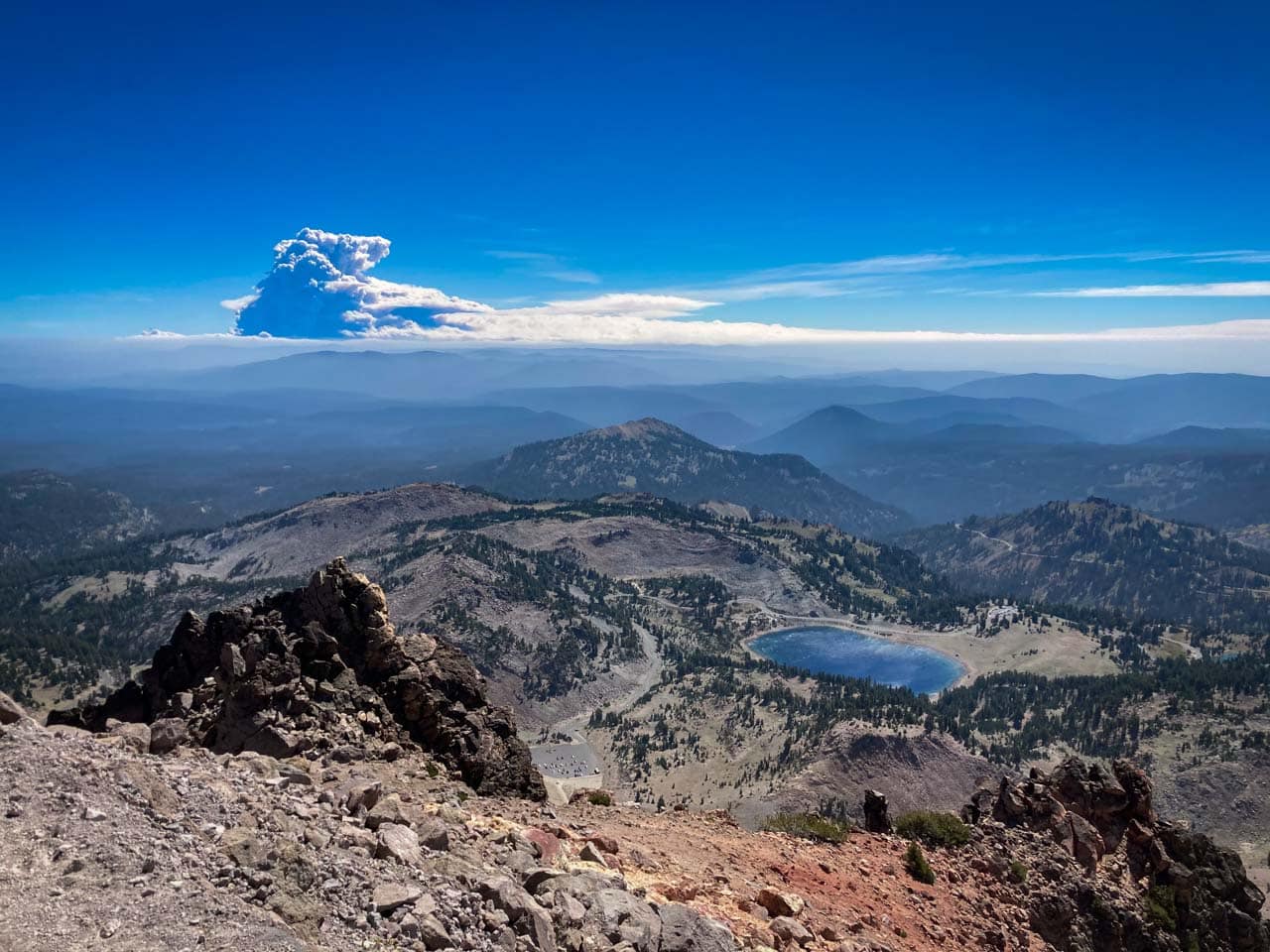
Public Lands Are A Legacy Worth Defending
U.S. public lands are among the nation’s greatest achievements — not because they generate revenue, not because they house rare species, and not only because they attract tourists from around the globe.
They matter because they reflect a collective decision to care — to preserve, to share, and to believe in the long-term value of nature, culture, and beauty.
In a world where privatization, extraction, and disconnection from the natural world threaten to dominate, public lands offer a different path — one rooted in stewardship, inclusion, and reverence.
These lands are not just for hikers or hunters, scientists or sightseers. They are for all of us — past, present, and future. And that makes them not only unique but indispensable.
What You Can Do To Help Protect Public Lands
If you care about our national parks and public lands, their dedicated employees, their wildlife, and the peril they find themselves in at the moment, there are a few things you can do to help.
The first, and arguably most important, action you can take is letting Congress know how seriously this is affecting hard-working, genuine, passionate, and qualified Americans—on both sides of the political aisle.
You can conveniently do that by filling out one of these forms on the National Parks Conservation Association website.
Additionally, you can also contact your Senator or Representative directly. The best way to do that is through the 5 Calls app.
Other ways to help is by donating to conservation associations like the abovementioned National Parks Conservation Association, the National Park Foundation, or the National Forest Foundation.
In a more practical way, when visiting national parks and forests, always make sure to follow the seven Leave No Trace Principles. This is more important than ever, considering that public lands may have fewer staff available. Keep yourself safe, keep the landscape clean, leave the wildlife alone, be nice to park rangers, stay on trails, and look out for other visitors as well.

